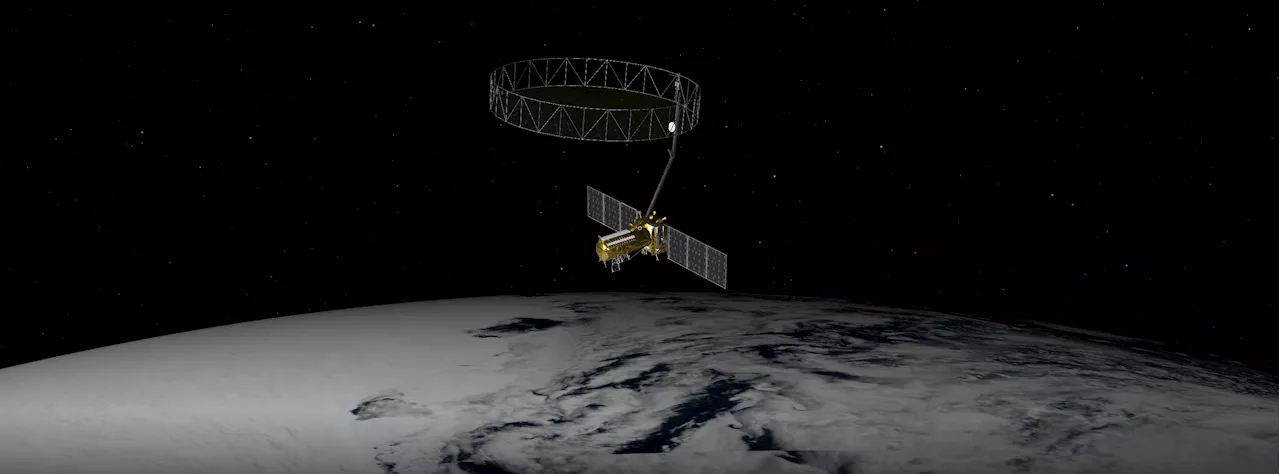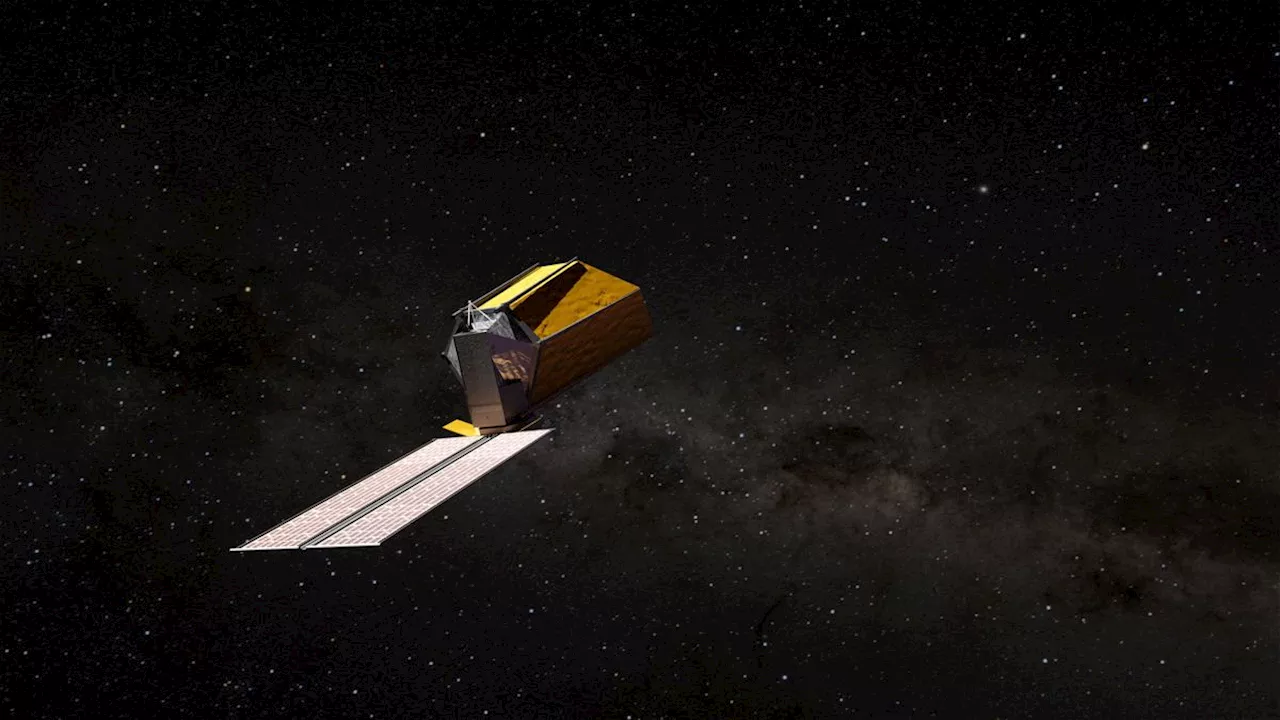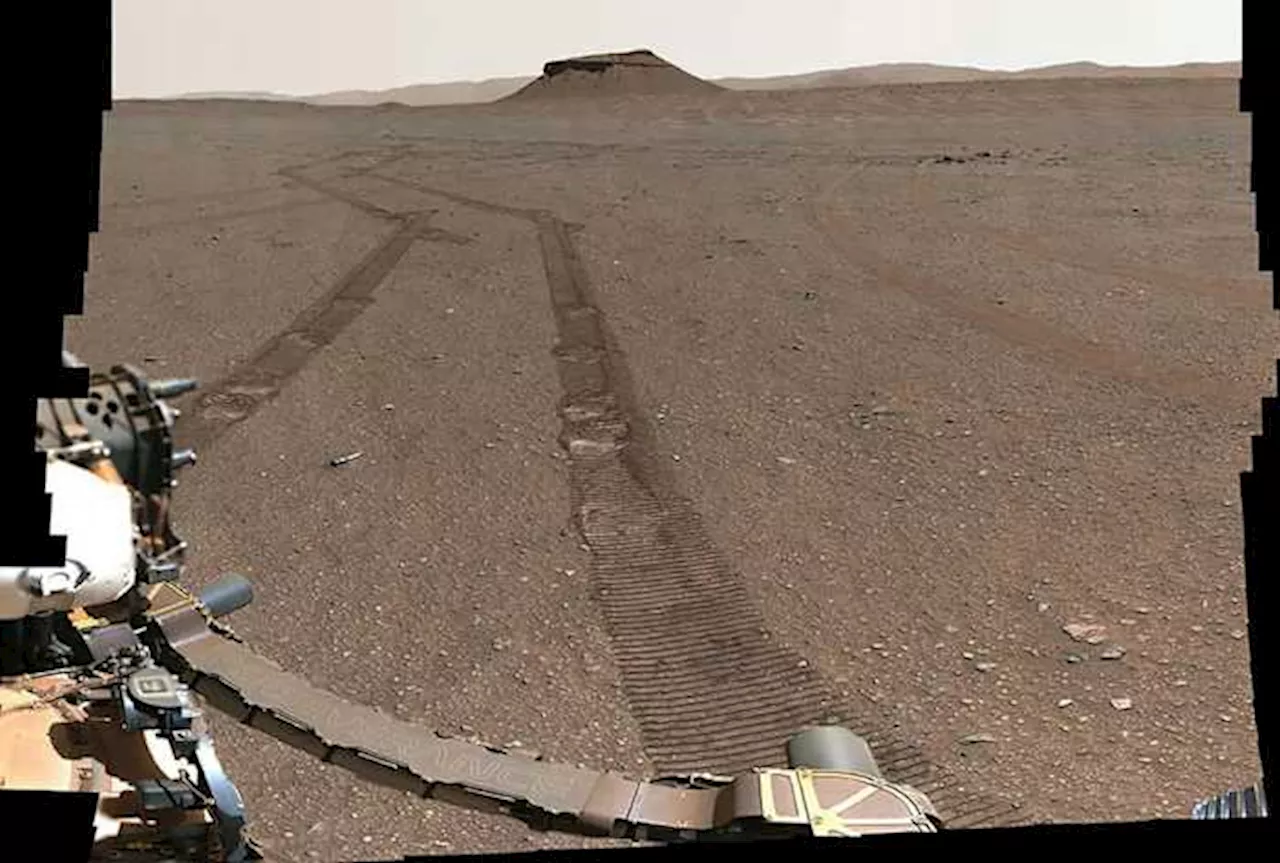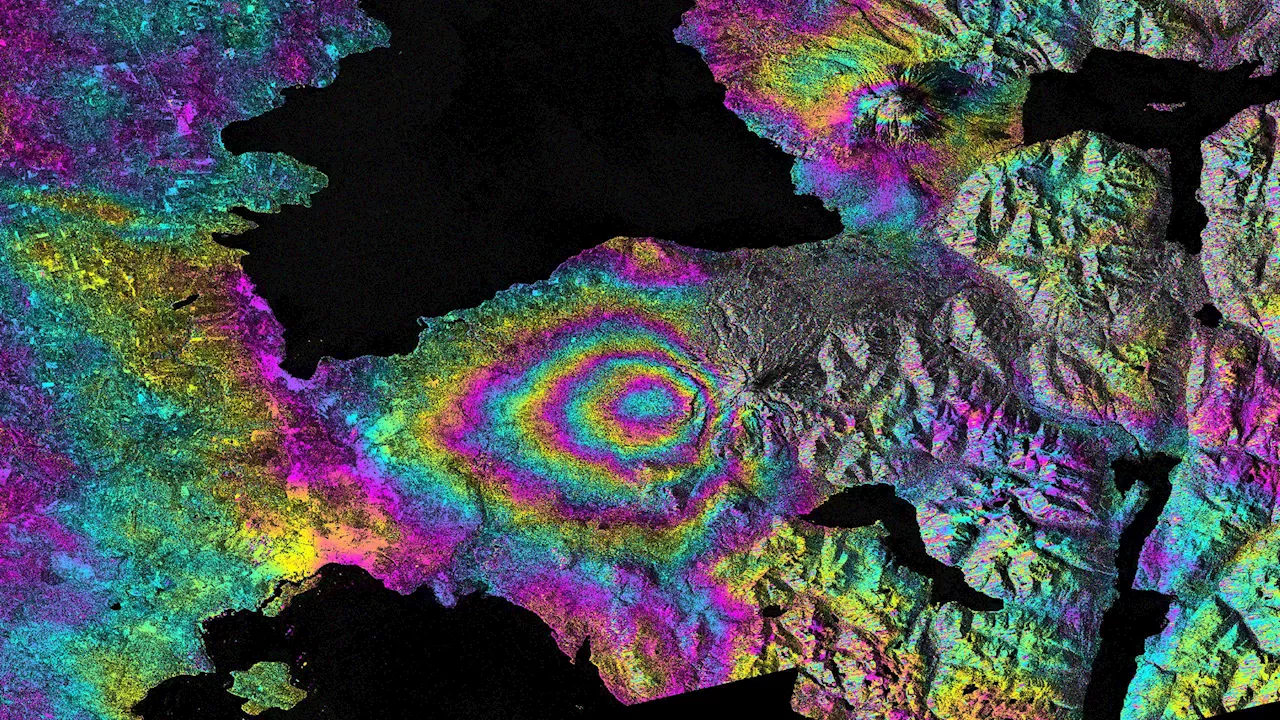NISAR, a joint mission between NASA and ISRO, will utilize synthetic aperture radar (SAR) to capture incredibly detailed images of Earth's surface, allowing scientists to track changes in land, ice, oceans, and ecosystems.
NASA and India's space agency, ISRO , are gearing up for the launch of NISAR ( NASA - ISRO Synthetic Aperture Radar ), a groundbreaking Earth observation satellite that promises to revolutionize our understanding of our planet's dynamic systems. Scheduled to blast off in the coming months, NISAR will utilize a cutting-edge technique called synthetic aperture radar (SAR) to capture incredibly detailed images of Earth's surface.
This advanced technology allows NISAR to generate high-resolution images from a relatively low-resolution system by analyzing the slight changes in frequency of the radar signals, known as the Doppler shift, as the spacecraft moves over the Earth's surface. Imagine a space-based radar mimicking the function of a camera lens, using the spacecraft's path to focus and sharpen the image below.NISAR's SAR capabilities will enable it to monitor a wide range of Earth processes with unprecedented accuracy. The satellite will be able to detect even the smallest movements of land and ice, down to fractions of an inch, providing valuable insights into the Earth's crustal deformation before and after natural disasters like earthquakes. It will also track the flow of glaciers and ice sheets, helping scientists better understand the impacts of climate change on these vital components of our planet. Furthermore, NISAR will monitor changes in ecosystems, including forest growth and deforestation, allowing researchers to track the health and evolution of Earth's terrestrial environments.The mission's scope extends beyond Earth's landmasses. NISAR will also be capable of penetrating cloud cover to observe changes in the oceans, including sea level rise and storm surge. The collected data will be invaluable for understanding and predicting the impacts of climate change on coastal communities and marine ecosystems. With its launch imminent, NISAR represents a significant leap forward in Earth observation technology, promising to unlock a wealth of knowledge about our planet and its intricate systems.
NISAR Earth Observation Synthetic Aperture Radar SAR NASA ISRO Climate Change Earthquakes Glaciers Deforestation
United States Latest News, United States Headlines
Similar News:You can also read news stories similar to this one that we have collected from other news sources.
 NISAR Mission: Unprecedented Insights into Earth's Changing SurfaceThe NASA-ISRO Synthetic Aperture Radar (NISAR) mission will provide detailed observations of Earth's land and ice surfaces, revealing changes occurring over time.
NISAR Mission: Unprecedented Insights into Earth's Changing SurfaceThe NASA-ISRO Synthetic Aperture Radar (NISAR) mission will provide detailed observations of Earth's land and ice surfaces, revealing changes occurring over time.
Read more »
Canada Rare Earth Secures 70% Stake in Laos Rare Earth RefineryCanada Rare Earth announced it has signed a Memorandum of Understanding with a Laotian company to purchase 70% of a fully permitted rare earth refinery. The refinery, with a capacity of 3,000 tonnes per year, was built 12 years ago but has remained idle due to policy changes. The Lao government is now supporting the refinery's operation and encouraging in-country processing of rare earth concentrates. The refinery is expected to be operational in Q4 2025 after minor refurbishments.
Read more »
 Canada Rare Earth to Acquire 70% Stake in Laos Rare Earth RefineryCanada Rare Earth (TSX.V: LL) has signed a memorandum of understanding to purchase 70% of a fully permitted rare earth refinery in Laos. The refinery, with a production capacity of 3,000 tonnes per year, is expected to be operational by Q4 2025 after modest refurbishments. The company aims to secure offtake agreements and investment to support the refinery's operation and ensure a stable supply of key rare earth oxides.
Canada Rare Earth to Acquire 70% Stake in Laos Rare Earth RefineryCanada Rare Earth (TSX.V: LL) has signed a memorandum of understanding to purchase 70% of a fully permitted rare earth refinery in Laos. The refinery, with a production capacity of 3,000 tonnes per year, is expected to be operational by Q4 2025 after modest refurbishments. The company aims to secure offtake agreements and investment to support the refinery's operation and ensure a stable supply of key rare earth oxides.
Read more »
 NASA's Habitable Worlds Observatory: A Quest to Find Life Beyond EarthNASA is developing a powerful new space telescope called the Habitable Worlds Observatory (HWO), designed to search for signs of life on distant planets. The observatory will be equipped with cutting-edge technology, including a super-sensitive coronagraph, to detect Earth-sized planets orbiting other stars. Scientists hope that HWO will launch between 2030 and 2040 and will revolutionize our understanding of the prevalence of life in the universe.
NASA's Habitable Worlds Observatory: A Quest to Find Life Beyond EarthNASA is developing a powerful new space telescope called the Habitable Worlds Observatory (HWO), designed to search for signs of life on distant planets. The observatory will be equipped with cutting-edge technology, including a super-sensitive coronagraph, to detect Earth-sized planets orbiting other stars. Scientists hope that HWO will launch between 2030 and 2040 and will revolutionize our understanding of the prevalence of life in the universe.
Read more »
 Our warming Earth: 2024 was hottest year on record, NASA saysSpace.com contributing writer Stefanie Waldek is a self-taught space nerd and aviation geek who is passionate about all things spaceflight and astronomy.
Our warming Earth: 2024 was hottest year on record, NASA saysSpace.com contributing writer Stefanie Waldek is a self-taught space nerd and aviation geek who is passionate about all things spaceflight and astronomy.
Read more »
 NASA proposes cheaper, quicker way to get Mars rocks and soil to EarthNASA is pitching a cheaper and quicker way of getting rocks and soil back from Mars.
NASA proposes cheaper, quicker way to get Mars rocks and soil to EarthNASA is pitching a cheaper and quicker way of getting rocks and soil back from Mars.
Read more »
